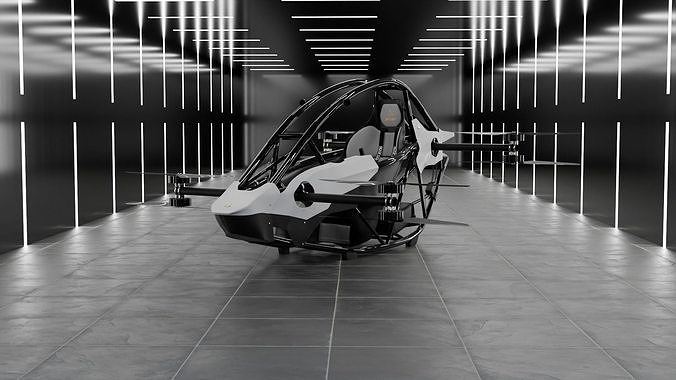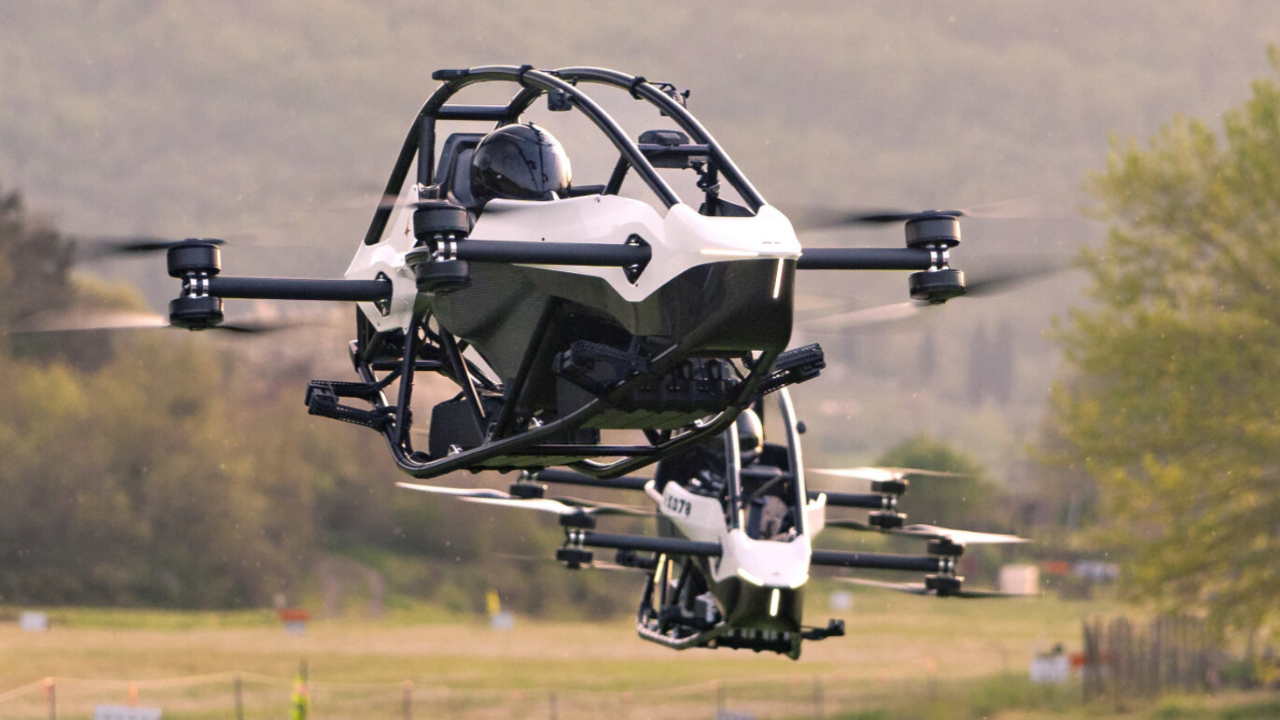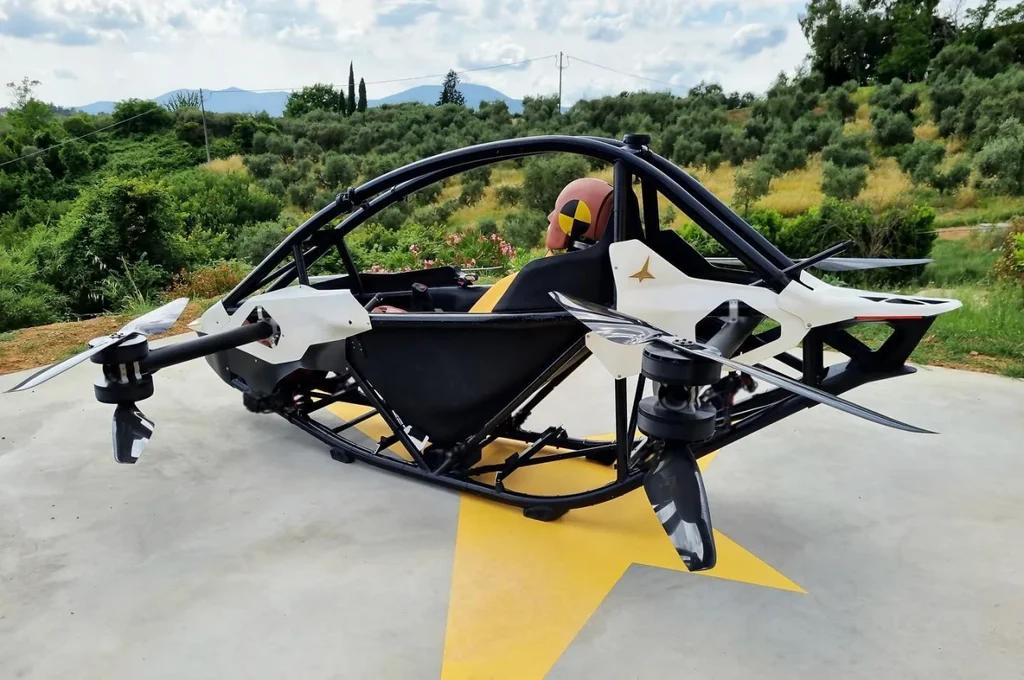Engineering the Future of Aerial Mobility
Jetson one, jetson aero, and next-generation flying car models rely heavily on weight reduction technologies to achieve safe, efficient, and agile flight. In the world of personal aerial vehicles, every gram counts. The lighter the aircraft, the better its performance, battery efficiency, and maneuverability. Jet Son is a leading example of how innovation in materials science and structural design can redefine airborne transport.
As interest in flying cars for sale rises, understanding the technology behind their construction is essential. Jet Son’s sleek frame, compact design, and flight stability are all made possible by a thoughtful integration of lightweight materials and advanced engineering.
Advanced Materials: Strength Without Bulk
The core of Jet Son's lightweight structure lies in its material selection. Engineers use a blend of carbon fiber and aerospace-grade aluminum alloys to create a body that is both light and incredibly durable. Carbon fiber is favored for its impressive strength-to-weight ratio, while aluminum components add structural integrity without excessive mass.
This composition ensures the airframe can withstand high stresses during flight and landing, even in turbulent conditions. The integration of such materials places the jetson aero among the top tier of personal aerial vehicles, especially when performance and safety are weighed together.
Aerodynamic Efficiency Through Structural Minimalism
A significant contributor to weight reduction is the minimalist design philosophy employed in Jet Son’s construction. Every element, from the rotors to the landing gear, is engineered for maximum aerodynamic performance with minimum bulk. This allows the craft to generate lift more efficiently while maintaining balance in flight.
Design features like hollow supports, tapered winglets, and compact propeller housings are meticulously crafted to reduce drag and unnecessary weight. These aerodynamic enhancements not only boost speed and range but also contribute to smoother control—making the jetson one for sale especially appealing to first-time pilots and content creators alike.
Modular Design for Easy Maintenance and Swapping
In addition to being lightweight, Jet Son’s components are modular. This means parts like rotor arms, propellers, and battery casings can be easily replaced or upgraded without overhauling the entire system. Such modularity supports both user convenience and long-term weight efficiency, as broken parts can be swapped out without the need to add reinforcing structures.
This system also supports potential customization, allowing future owners of the jetson one to tailor their vehicles for specific use cases—whether for filming, commuting, or exploration.
Battery Technology and Power-to-Weight Balance
One of the most challenging aspects of lightweight aerial design is balancing power with weight. Jet Son addresses this by utilizing high-density lithium-based battery systems. These batteries are specifically chosen for their energy output relative to their weight, allowing the aircraft to remain airborne for up to 20 minutes per charge.
Flight computers continuously monitor battery output and weight distribution, ensuring maximum efficiency. This power-to-weight optimization is crucial to keeping the flying car both safe and responsive during various flight conditions.
The ability to fly without traditional fuel also contributes to weight reduction and environmental sustainability—factors that further increase interest among those seeking to buy jetson one stock as an investment in clean technology.
The Future of Lightweight Aerial Vehicles
As the market for flying cars for sale expands, the principles used in Jet Son’s construction are likely to influence the next generation of personal aerial transport. Innovations in nanomaterials, ultralight composites, and structural AI simulations will continue to push boundaries, making aerial mobility more accessible, safer, and cost-effective.
Jet Son has already proven that reducing weight doesn’t mean sacrificing performance. Instead, it opens up new possibilities—from longer flight durations to more intricate flight patterns. The reduced mass also means fewer resources are required for take-off, making the Jet Son both efficient and agile in ways that traditional aircraft cannot match.
Conclusion: Lightweight Design with Big Impact
The jetson one is more than a novel vehicle—it’s a carefully engineered feat of lightweight technology. By combining cutting-edge materials, modular design, and aerodynamic innovation, Jet Son redefines what a personal flying car can be.
For innovators, creatives, and futurists considering the potential to buy jetson one stock, the technology behind its weight optimization is a key indicator of long-term value and practicality. As more models enter production, lightweight engineering will remain central to their success—and Jet Son stands as a pioneering example of how to get it right.












